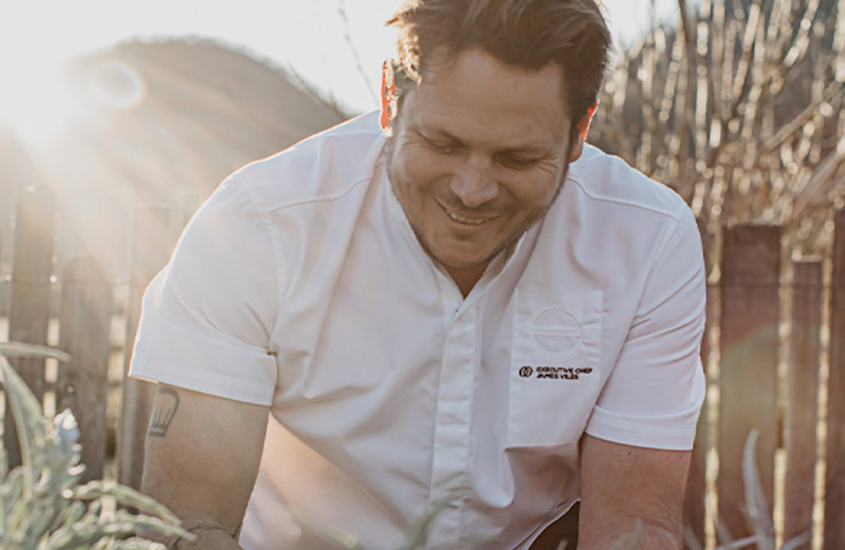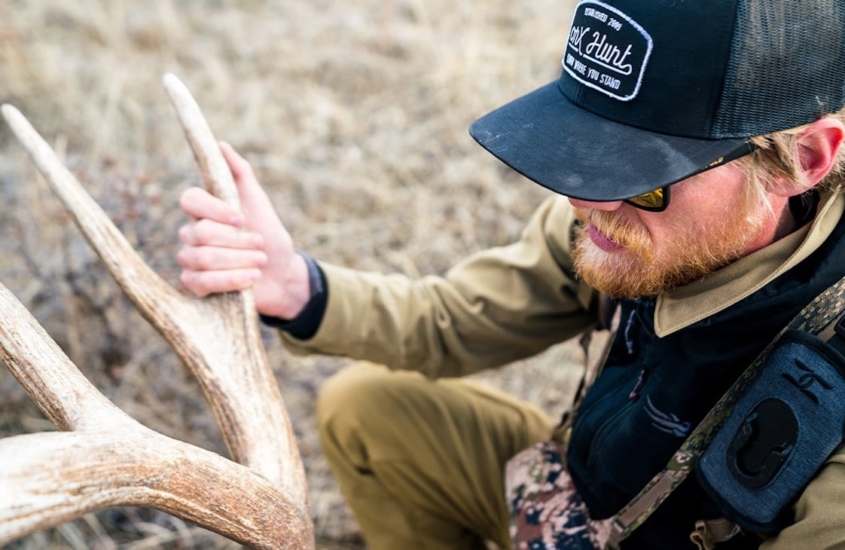You wouldn’t try to pack a stylish-clutch type purse for a girl’s overnight sleepover, nor would you take a beach tote as your bag of choice to a black-tie gala. Knowing your gear needs is the first step in choosing the right system for any backcountry or hunting endeavourers, especially as a woman… having it fit in just right, is the winning ticket.
Importance of Comfort and Fit
Whether you’re heading into the backcountry for a quick day trip or multi-day excursion, the last thing you should ever worry about is compromising your level of comfort. Historically, when it came to choosing a pack to use, our choices were exterior or internal pack frames, both built with a standard male or ‘unisex’ size in mind. Unless you had broad shoulders, narrower hips, and fit into a standard height category, you naturally would struggle to find something that would slip on and instantly be a successful fit.
Personal Experience
My lifestyle allows me to spend months in my backpack at a time. It not only becomes an extension of my body, but a piece of gear that I need to be able to rely on. It needs to be comfortable, and that means, it needs to fit. It needs to be able to perform on the easy terrain, but also hold together on the downright, nail biting, heavy load carrying days that I face more often than not.
Gender-Specific Design Needs
The truth of the beast is that we as women are not created the same as the other sex. When it comes to our anatomy, most of the packs that are available on the market today aren’t best suited to our composition. But it’s okay to be different. Addressing some of the factors that set us apart has actually helped leading design companies meet our needs and build us a system that keeps us comfortable and without any structural compromise. Finding a pack that meets your individual needs shouldn’t be hard, as long as you keep these few things in mind when selecting your next hunting, adventuring or ‘whatever-ing’ backpack.
Choosing Between External and Internal Frames
There are some women’s packs on the market that might provide you with two options when it comes to frames. External frames are the packs that we naturally imagine in our romantic notions from photographs of expeditions from not too long ago. While these frames are still used today, they are quite rigid and wide, where gear can be strapped to the outside of the bag. They are somewhat cumbersome, and don’t boast many adjustable attributes. This is where an internal framed backpack is generally better suited for mountain expeditions. You need to be able to balance and maintain yourself as you traverse a variety of landscapes, and that means having things tightly secured and strapped down or tucked into your bag is a safer option.
Benefits of Internal Frames
On an external frame, gear tends to move freely on the outside as it sways back and forth with any great movement, and its exposed straps have a greater potential to snag on rocks. Internal frames are generally top loading, but can be side loading and front (depending on make or style) and are designed to carry the bulk of the load inside instead of on their exterior. Most of the women I know will agree that keeping your backpack in a simpler and sleeker load correlates to a narrower fit along a woman’s torso.
Innovations in Women’s Backpacks
Companies like Mystery Ranch Backpacks have spent a great deal of time looking into the fine tuning of their systems to make their harness and yokes more female figure friendly. They’ve combined using their lightweight, adjustable internal frame styles and coupled them with lumbar support on the hip straps for any of their pack harnesses and yokes. This is a non-negotiable option in my opinion. They have taken the standard shoulder straps and narrowed them as they come down off the shoulders. Ladies, this definitely helps make the other ‘ladies’ more comfortable, and it means less pinching between typically narrower shoulders/arm region and adjusted width to which the yoke starts at the nape of your neck. There is nothing worse than having straps that are too wide that pull on your shoulders, and then pinch your pectoral muscle as the strap bites down towards your waist.
Importance of Custom Fit
Women come in all shapes and sizes. Some of us have long legs, and short torsos, while there are others with long torsos and a variety of leg lengths. Getting yourself into a pack that allows you to fine tune and configure your specific length needs is a game changer in backpacking. Your torso length is one of the most important measurements that you need to be accurate with when you choose your pack frame size. While most lingo is still carried over in ‘XS, S, M, and L’ in their general frame options, you are then able to use the Velcro adjustment between the yoke and body of the bag to fine tune your bag to your liking.
Waist Belt Considerations
Most packs have a standard waist belt that can either have too much padding or not enough, some with adjustable features, others with zero support when the hip bones take the most amount of the weight. In the women’s packs, look to see that they are not only well padded, but form fitting or ‘canted’ to the natural slant of a woman’s curves. It sounds silly, but there is nothing worse than carrying a heavy pack that wants to slice through your hips when you are loaded up and headed out.
Final Considerations
At the end of the day, no matter what brand of pack fits you the best, you have to make sure that when the bag is fully expressed and loaded with all of your gear, that there is minimal pressure on your shoulders and upper back. Make use of the load lifting technology and the harnessing system. Secondly, you want to make sure that the shoulder straps aren’t chafing your inner arm, neck or pinching your armpit. Lastly, you want to make sure that your pack is secure and centered on your back. You might find that you have to move up or down a size to find the right fit, but when you do, it will make all the world of difference.
The biggest thing to remember is that you can have all the right equipment, but unless you get it set up correctly, even the top-of-the- line packs designed just for us ladies, can rub you the wrong way. Save yourself the quick impulsive decisions, and take the time; do your research, and don’t be afraid to ask to put a little weight in the display models at your local retailer. After all, this is an investment that is going to help you get places.
*** Side note: my ‘ride-or-die’ is the women’s Mystery Ranch Marshall 6500. It’s their biggest pack meant for multi-day excursions, but the well-placed straps mean that I can shrink the pack size right down and day hunt out of it when I have camp set up. ***
Photo by Adam Foss.













